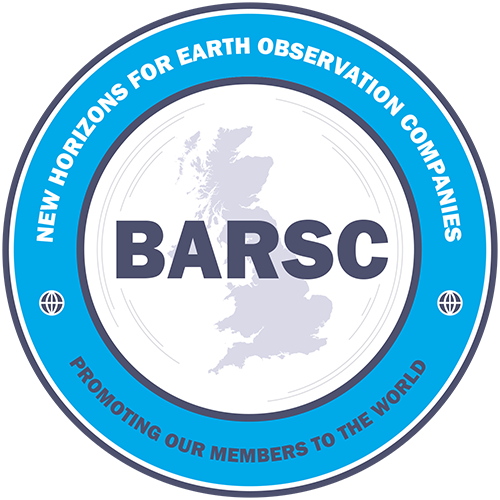The second joint science conference of the National Centre for Earth Observation (NCEO) and the Centre for Earth Observation Instrumentation (CEOI) took place at the University of Nottingham in September, bringing together scientists and technologists over 3 days to discuss recent science findings and the future technology developments for observing the Earth’s climate and environment from space.
The first day of the conference focused on NCEO science highlights and covered a wide range of interesting and challenging areas. Research was presented in a series of talks from leading scientists covering the monitoring, diagnosis and predictions of climate and environmental change. This included presentations of the science resulting from the European Space Agency’s Earth Observation (EO) programme, from the Cryosat, GOCE and SMOS missions, which have provided data on sea-ice thickness, the Earth’s gravity field, ocean salinity and soil moisture. The Conference also looked at the potential science to come from future missions such as Swarm and EarthCARE projects, which will measure the Earth’s magnetic field and the interaction between clouds, aerosols and radiation. Other talks included studies on monitoring and modelling volcanoes from space, ocean carbon cycle models and measuring photosynthesis from space using terrestrial chlorophyll fluorescence.
On the second day, the CEOI highlighted several of the EO instruments and technologies projects currently being funded, as well as the priorities for future UK-led EO missions. Daniel Gerber from STFC’s Rutherford Appleton Laboratory presented the continuing work on the passive microwave project which will make measurements of trace gases in the atmosphere important to the climate and to meteorology, involving high level system integration of UK receiver technology. There were also talks on some of the technologies nearing commercialisation – a remote sensing instrument for estimating the sea-surface wave height, a fully integrated miniaturised quantum cascade Laser heterodyne radiometer to measure trace gases at high resolution, and the University of Leicester’s CompAQS/CityScan air quality spectrometer.
The mixture of plenary and parallel sessions ensured a full and varied programme and included talks from NCEO young scientists.
The final day, which was held in partnership with BARSC, included four EO applications sessions, highlighting the following areas:
• Hazards and risk – the session featured presentations from a broad range of the EO fields, including representatives from data suppliers, academia, researchers, value-adders and the insurance industry ‘downstream users’. The challenges involved in supplying timely and appropriate data was discussed, particularly in relation to rapid and major disasters (such as volcanoes), compared to the issues involved in monitoring non catastrophic events such as compressible ground over large regions. There was also consideration of the analysis options available, from large infrastructures such as CEMS and OpenSource systems that are still the only affordable option in developing countries, which are sometimes hardest hit by hazards.
• Climate and carbon – the session acknowledged the huge potential that exists for development of commercial applications and services. Scientific credibility of such services is likely to become a key consideration, and the UK is well placed to differentiate itself through strengths in ensuring integrity of climate data and in quantifying underlying uncertainties. Stronger partnerships between the EO community and the end-users of climate services are required to help express the benefits of EO services in the business language of the users.
• Maritime and marine services – areas explored in this session included polar applications, oceanography, oil and gas and environmental protection. EO data is widely used, often fused with other data sets as part of a product. A critical issue identified, is the need to develop sustainable services with a reliable supply of robust and validated EO data from the types of sensors already flown; Thermal IR, SAR, scatterometers, radar altimeters, ocean colour sensors. It was suggested that some EO services face threats from institutional organisations offering subsidised services and that a way to work with these organisations is needed.
• Future concepts of land resources – focused on three areas: mapping eco systems and habitats, agriculture and forestry. Use of remote sensing in these areas is advancing rapidly and reaching a wider sphere of users than ever before. More growth in demand is expected in light of new public (GMES) and commercial systems (such as Daily Planet). It was deemed that in order to support this, there should be greater coordination at the national level in the UK and practical steps could be taken to support novel mission proposals, demonstrate the wide availability of existing products and services and coordinate data access to stimulate further multi-source, multi-scale applications.
The annual joint conference plays a crucial role in developing the next generation of EO instrumentation by bringing together NCEO’s core activity of fundamental science with the CEOIs expertise in instrumentation. Academia and industry were able to benefit from a diverse and exciting programme and overall the conference attracted nearly 200 people over three days and presented a great opportunity to continue to forge a vision for the future success of EO in the UK.

